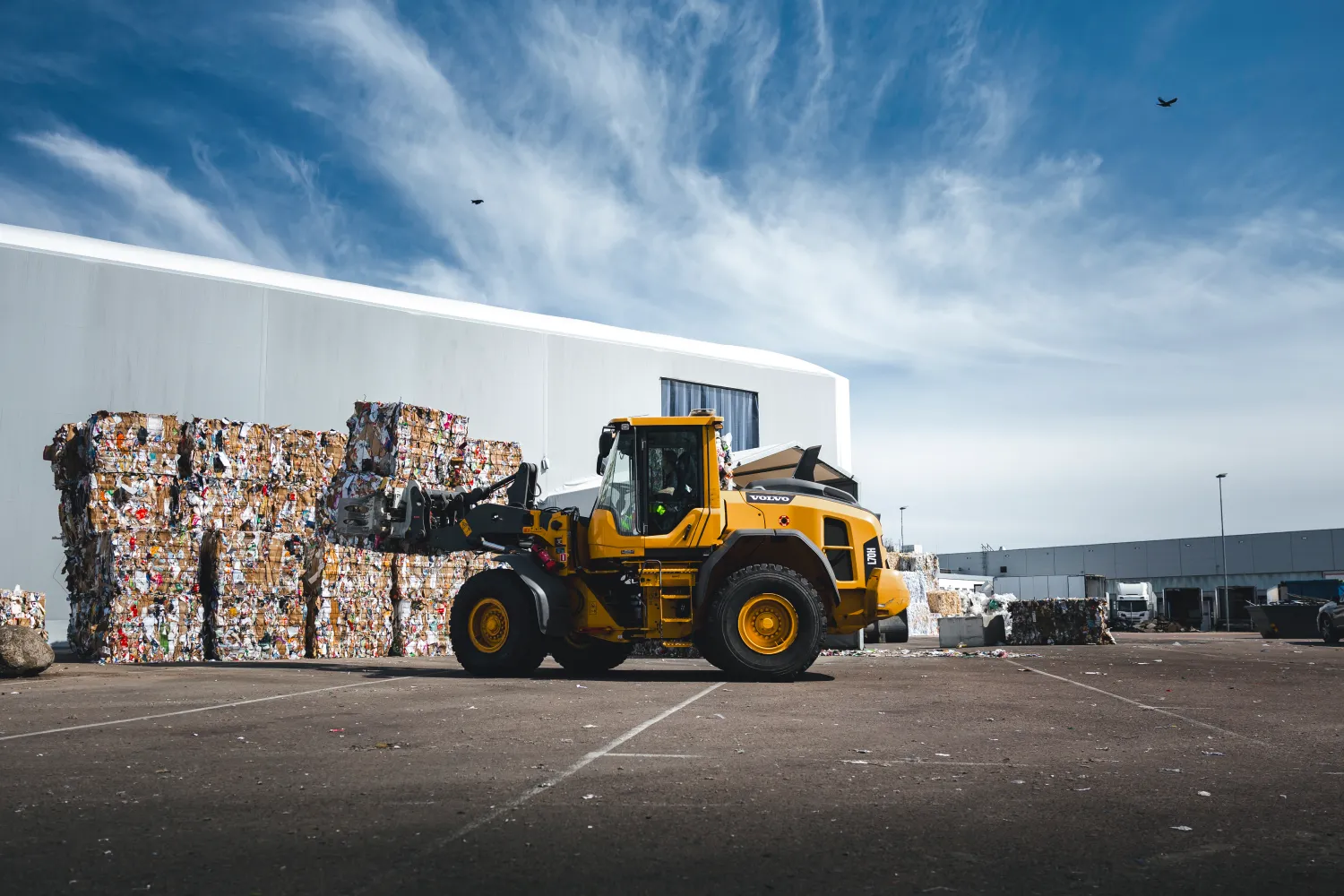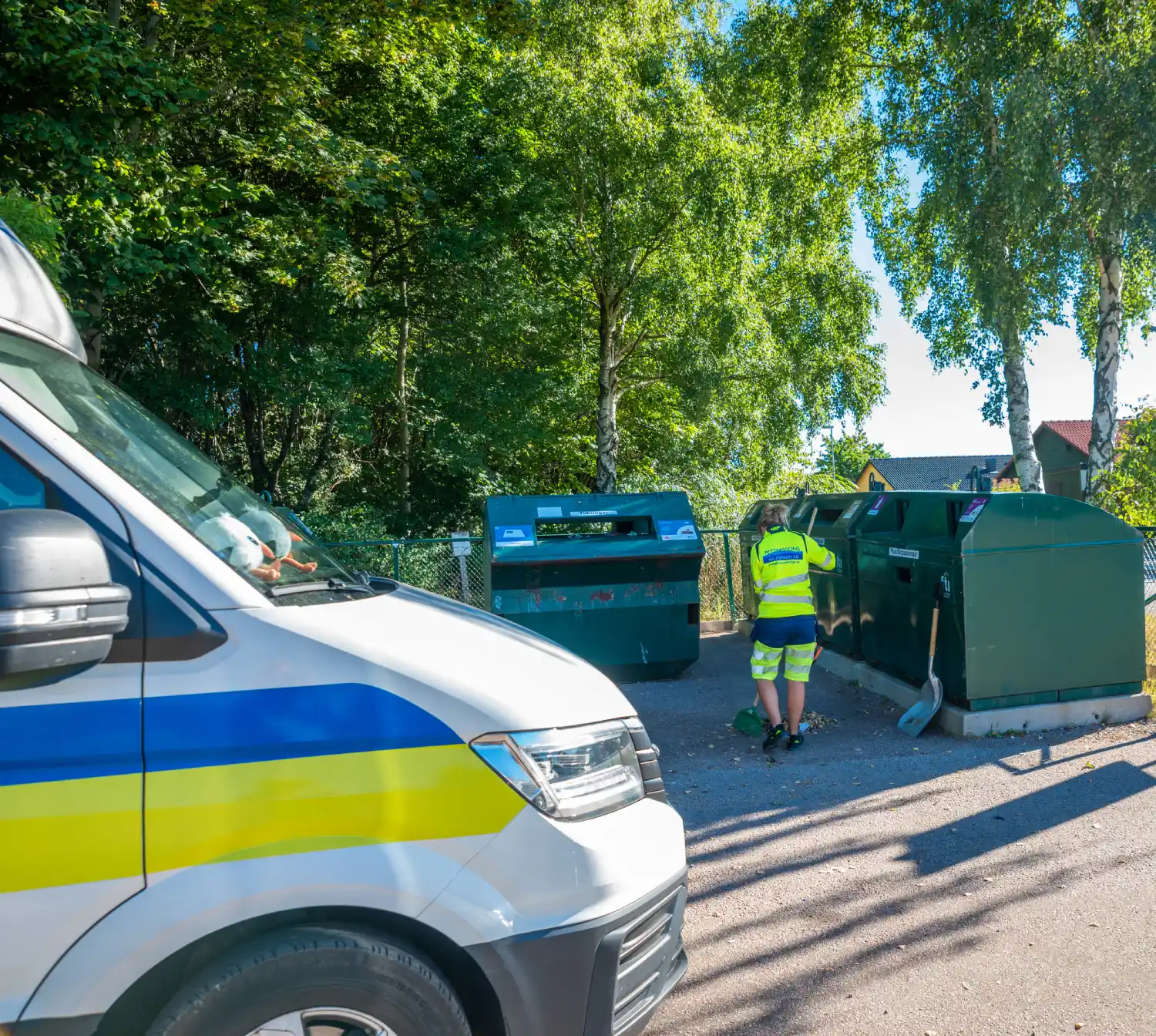Recycling in some sort of filled up with diverse presentation components creates both options and challenges. Today, customers and businesses likewise need more sustainable practices while governments gradually apply stricter regulations for waste management. However, the complexity of managing diverse appearance resources indicates addressing distinctive recycling demands for every type. This informative article has a sooner consider the current tendencies, problems, and alternatives in creating powerful Recycling (Återvinning) methods for diverse presentation materials.
The Complexity of Different Appearance Products
Appearance components attended a long way from easy cardboard boxes. Nowadays, they contain parts, glass, steel, paperboard, and multi-layered composites, among others. Each type comes using its unique set of recycling requirements. Like:
Plastic: While plastic is light and durable, their different forms (like PET, HDPE, LDPE, and PVC) usually require split up collection and running methods. Mismanagement may lead to contamination and inefficiencies in recycling streams.

Metal: Aluminum and container drinks stay highly recyclable, however not without appropriate selecting in order to avoid contamination with non-recyclable metallic items.
Glass: Recycling glass demands segregation by color and particular services in order to avoid dangers like fragmentation or contamination with ceramics.
Paperboard: Thick, sprayed paperboard presentation is recyclable oftentimes, however the large use of adhesives or laminates may hinder the process.
Multi-layer Appearance: That type presents probably the most substantial problem because it usually combines resources difficult to separate, such as aluminum and plastic levels in snack packaging.
With the global economy providing over 350 million tons of plastic annually, and packaging responsible for nearly 40% of its application, handling that complexity is critical to reaching higher recycling rates.
Obstacles in Tailoring Recycling Systems
One of many greatest challenges in recycling programs is contamination, specially when diverse resources are disposed of together. For instance, when food residue clings to recycled plastics or broken glass mixes with paper, the performance of recycling operations drops significantly. Deficiencies in standardized labeling programs also confuses customers and effects in incorrect spend sorting.
Furthermore, fragmented infrastructure plays a role in the issue. Some municipalities absence features to process complicated resources like multi-layer appearance or specific pockets, making recycling unrealistic for these items.
Towards a Circular Economy with Designed Answers
Creating an efficient recycling process to handle various presentation materials requires innovation and collaboration. Governments, corporations, and people need to perform in stance:
Government Initiatives: Utilizing Expanded Company Obligation (EPR) policies can encourage makers to design packaging that's easier to recycle.

Progressive Technologies: Chemical recycling methods, like depolymerization for pockets, can breakdown hard-to-recycle materials for better healing rates.
Consumer Training: Promoting clear recycling habits and apparent labeling may significantly lower contamination in recycling streams.
Investments in modernizing spend administration infrastructure may perform an essential role, alongside continuing study in to biodegradable and used presentation solutions.
A Way Forward
The variety in appearance materials might be a problem, but it also gift suggestions an opportunity to improve recycling techniques and techniques. A combination of scientific improvements, regulatory measures, and consumer awareness may travel the transition to a more sustainable, round economy. Approaching the initial recycling requirements of diverse materials is no more a choice but absolutely essential to overcome resource depletion and protect the planet. By tackling these issues logically, global neighborhoods can ensure long-term environmental viability.
